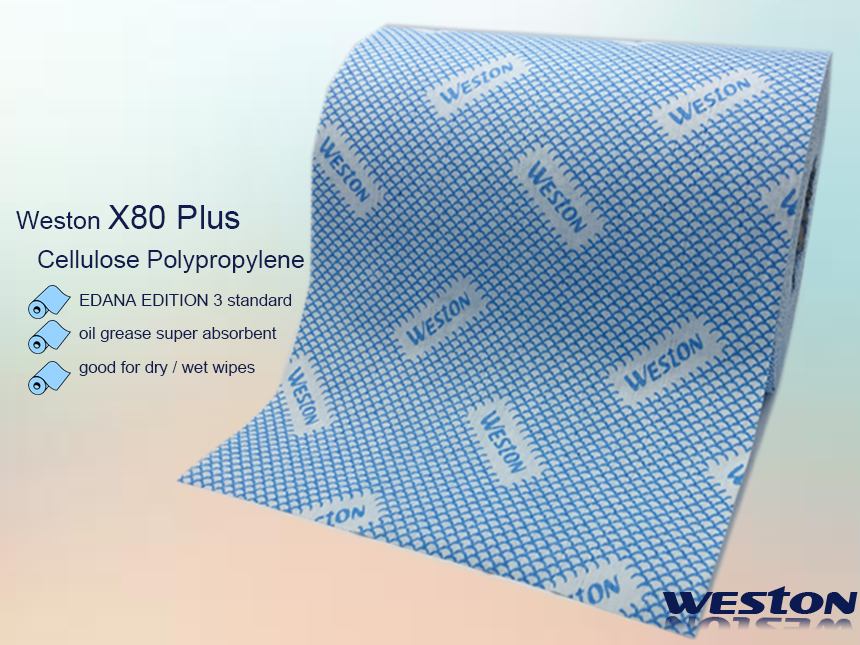Selecting the right spunlace distributors and agents for spunlace fabrics is a critical decision that can significantly impact a company’s success in the competitive market. With the growing demand for spunlace products across various industries, finding reliable partners who can effectively promote and distribute these materials is essential. This essay explores the key considerations and strategies for choosing the right spunlace distributors and agents.
The first step in the selection process is to establish clear criteria based on the specific needs of your business and the spunlace market.
It is crucial to prioritize distributors and agents who have relevant experience in the nonwoven fabric industry, particularly in spunlace products. Experienced partners are more likely to understand market trends, customer needs, and the complexities of the industry.


Evaluate the potential partners’ reach within your target market. An ideal distributor or agent should possess a wide network that enables them to access key customer segments. Consider their geographical presence, industry specialization, and existing client base.
Financial stability is a vital factor that influences the reliability of a distributor or agent.
Before making a decision, review potential partners’ financial statements to ensure they have a solid financial foundation. A financially stable distributor can manage orders efficiently and maintain a consistent supply chain.
Investigate the credit history of potential distributors or agents to gauge their reputation in the industry. A strong credit rating indicates reliability and the ability to fulfill contractual obligations.
The sales capabilities of a distributor or agent will directly affect your market penetration and sales performance.
Examine the qualifications and experience of the sales team within the potential partner organization. A knowledgeable and skilled sales team can effectively communicate the benefits of spunlace fabrics to customers and close sales.
Review the distributor’s or agent’s past sales performance. Analyze their ability to achieve sales targets and their overall market impact. A strong sales record suggests that they can successfully promote your spunlace products.
A thorough understanding of the market channels used by potential distributors and agents is essential.
Assess the potential distributor’s customer base to ensure they can reach your target audience. A well-established customer network can enhance the visibility and accessibility of your spunlace products.
Investigate the distribution methods employed by potential partners. Effective distribution channels can facilitate faster delivery and better customer service, ultimately benefiting your brand.
Effective communication and a collaborative approach are essential for a successful partnership.
Ensure that potential distributors and agents possess strong communication skills. They should be able to provide timely feedback on market conditions, customer preferences, and any challenges they encounter.
Evaluate the potential partners’ willingness to work closely with your company. A partner who is open to collaboration can adapt more readily to changes in strategy and market dynamics.
The alignment of brand values between your company and potential partners is crucial for a cohesive market presence.

Choose distributors or agents whose brand image aligns with your own. A consistent brand message across all channels enhances credibility and builds trust with customers.
Understand the marketing strategies employed by potential partners to ensure they are in line with your company’s objectives. A shared vision for promoting spunlace products can lead to more effective marketing efforts.
Performing thorough due diligence is essential to gain insights into potential partners.

If feasible, conduct site visits to evaluate the operations of potential distributors or agents. Observing their facilities and processes firsthand can provide valuable information about their capabilities and professionalism.
Gather feedback from existing customers of potential partners to understand their reputation and performance. Direct customer insights can highlight strengths and weaknesses that may not be evident through formal assessments.
Once you’ve identified suitable partners, drafting comprehensive contracts is vital to establish a clear framework for the partnership.
Ensure that the contract clearly outlines the roles and responsibilities of each party, including sales targets, marketing efforts, and distribution logistics. A well-defined contract minimizes misunderstandings and sets expectations.
Incorporate performance evaluation metrics into the contract to facilitate ongoing assessments of the partnership. Regular reviews can help identify areas for improvement and ensure that both parties are meeting their commitments.
Selecting distributors and agents is not merely a transactional process; it is the foundation for long-term partnerships.
Maintain consistent communication with your distributors and agents to foster a collaborative relationship. Regular check-ins can help address any issues, share feedback, and explore new opportunities for growth.
Encourage distributors and agents to participate in product development and marketing initiatives. Engaging them in these processes can lead to innovative solutions and a stronger market presence.